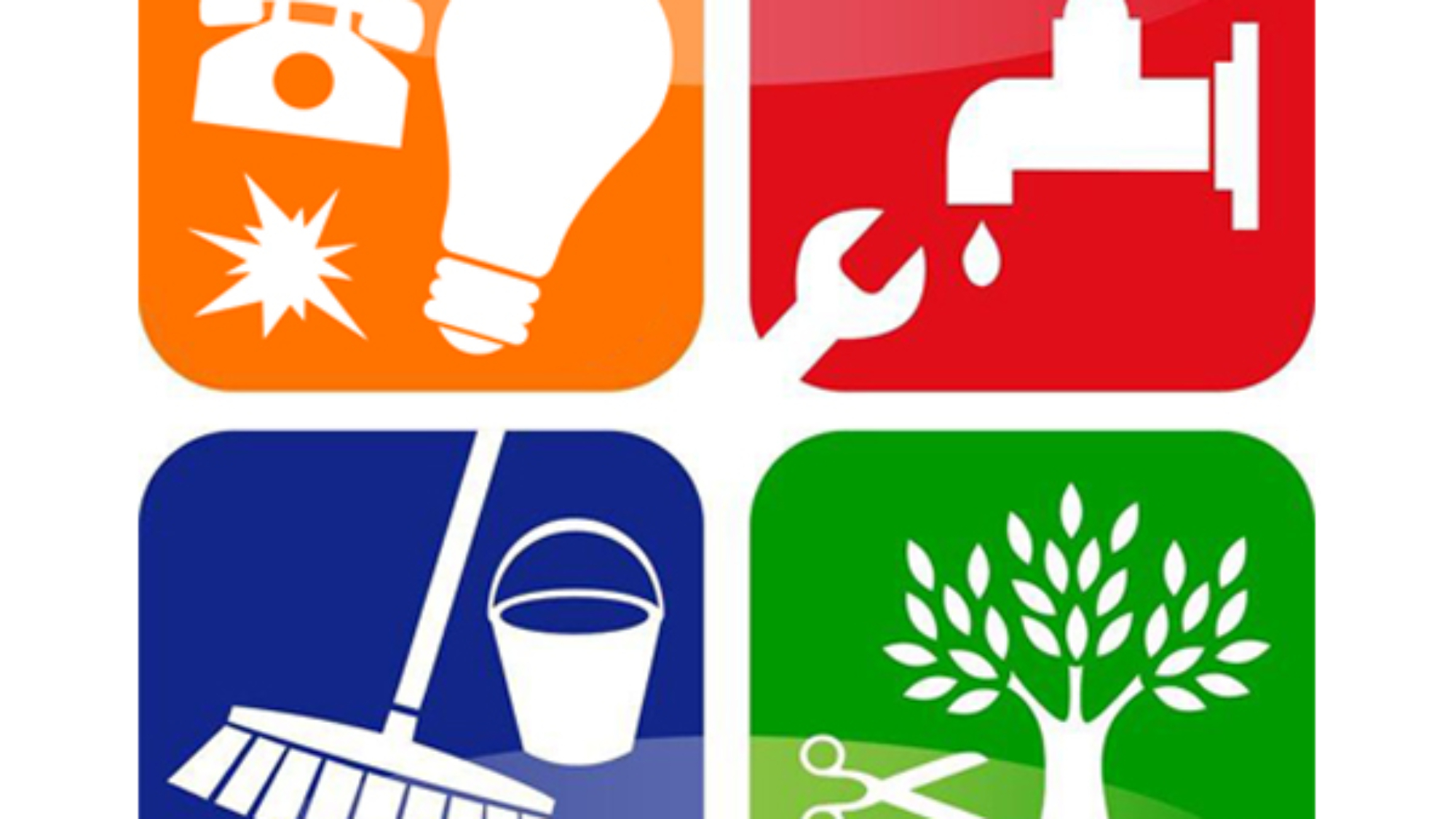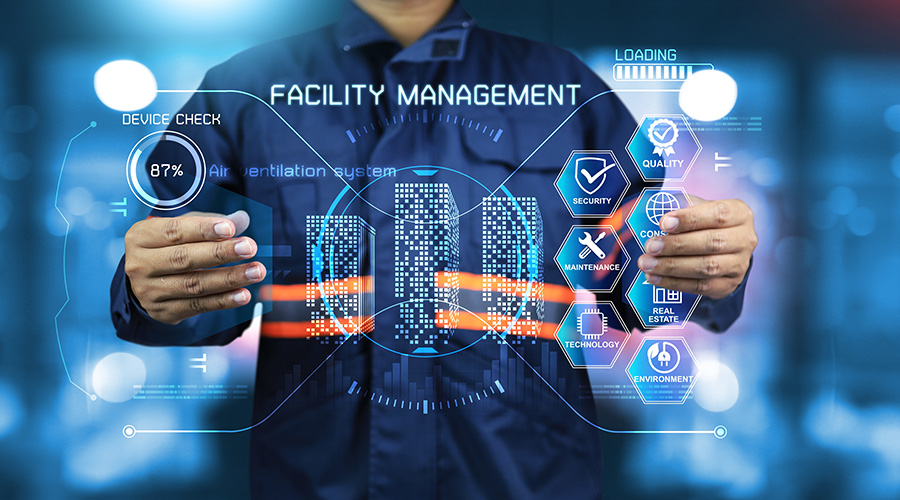The Essential Overview to Center Management: Techniques for Success
Center monitoring plays an essential role in the overall success of an organization, working as the foundation that sustains productivity, effectiveness, and security. By employing tactical techniques such as incorporated technical options and fostering cross-departmental collaboration, companies can considerably improve their operational structures. Nonetheless, the nuances of efficient center monitoring expand past plain logistics and require a comprehensive understanding of both measurable and qualitative metrics. As we explore these essential strategies, a closer exam reveals just how they can change not simply facilities, but the very society within a company itself. What might these improvements look like in method?
Comprehending Center Monitoring
What comprises reliable facility administration? Reliable center monitoring incorporates the control of numerous organizational functions to make certain that developed environments are secure, effective, and conducive to performance. It integrates the concepts of service, engineering, and architecture administration to develop a seamless functional flow within a company.
Secret components of facility administration include room planning, upkeep monitoring, and conformity with wellness and safety regulations. Space planning concentrates on enhancing making use of physical resources to support organizational goals, while maintenance monitoring ensures that facilities are kept in optimum condition, maximizing life-span and reducing operational costs. Compliance with regulative and legal requirements is vital, as it safeguards the organization against prospective obligations and enhances its credibility.
Additionally, reliable facility management depends on the strategic use modern technology, such as Structure Management Equipment (BMS) and Computer-Aided Facility Monitoring (CAFM) devices. These modern technologies facilitate real-time tracking of building systems and simplify maintenance procedures (Facility Management). Ultimately, a comprehensive technique to facility monitoring not just advertises functional effectiveness however additionally fosters a favorable atmosphere for employees and visitors alike, driving total organizational success

Secret Methods for Optimization
Maximizing center administration needs a strategic approach that aligns functional exercise with business objectives. To accomplish this, the first crucial strategy is the implementation of incorporated technical services. Utilizing sophisticated software application systems permits real-time monitoring of facility procedures, facilitating data-driven decision-making and boosting general performance.
Second of all, routine assessments of center performance are vital. Performing regular inspections and audits allows center managers to identify areas that require enhancement, ensuring that sources are assigned properly. This aggressive strategy assists in decreasing downtime and improving solution shipment.
One more essential approach is promoting cooperation throughout divisions. By motivating open interaction in between teams, facility managers can better align their methods with company objectives, bring about boosted operational harmony. Furthermore, involving staff in training programs advertises a culture of responsibility and enhances their ability to contribute to optimization initiatives.
Enhancing Safety Procedures
Strengthening safety procedures is necessary for creating a protected atmosphere within centers. An extensive safety protocol not just protects staff members and site visitors however additionally boosts functional effectiveness. Facility Management. To achieve this, center managers should conduct regular danger analyses to determine potential hazards and make certain that suitable steps remain in place

Additionally, clear communication networks must be developed to report safety and security problems quickly. This consists of visit the site developing an obtainable system for workers to articulate potential risks or cases without anxiety of . In addition, leveraging modern technology can improve safety measures; as an example, applying security systems and gain access to controls assists check facility tasks and limit unapproved entrance.
Lastly, conformity with local laws and market standards is non-negotiable. Routine audits and evaluations of security procedures ensure placement with present regulations and finest techniques. By focusing on these strategies, facility managers can grow a culture of safety that shields all stakeholders and eventually adds to the company's success.
Improving Workplace Atmosphere
A favorable workplace setting substantially boosts employee spirits and performance, making it an essential emphasis for center administration. To create such an environment, center managers must focus on a number of crucial elements, consisting of ergonomics, visual appeals, and staff member engagement.
Ergonomic considerations are necessary to reduce physical stress and pain. This entails giving adjustable furniture, proper illumination, and sufficient room for movement. These adjustments can result in minimized absenteeism and increased work satisfaction.
Aesthetic appeals play an essential role in forming the workplace atmosphere. Using color psychology, natural lighting, and greenery can cultivate a boosting and welcoming atmosphere. Thoughtfully created spaces can enhance imagination and enhance general well-being.
Moreover, urging staff member engagement via comprehensive decision-making processes can enhance the sense of possession and belonging. Collecting comments on workplace renovations and involving workers in the style process can click to find out more bring about an extra tailored setting that meets their requirements.
Lastly, advertising wellness efforts, such as health cares and leisure rooms, can better add to a supportive work environment culture. By concentrating on these approaches, facility managers can effectively improve the workplace setting, driving both staff member complete satisfaction and organizational success.
Gauging Success in Facilities
Determining success in center monitoring calls for a comprehensive method that reviews both quantitative and qualitative metrics. Measurable metrics generally include vital efficiency indicators (KPIs) such as area application rates, power consumption, maintenance costs, and occupancy levels. These metrics give a clear image of operational effectiveness and economic efficiency, permitting facility managers to identify locations for renovation and benchmark against market standards.
Qualitative metrics, on the various other hand, concentrate on user satisfaction and staff member involvement. Surveys and feedback systems can assess just how well the facilities meet the demands of owners, helping to examine the general workplace atmosphere. This facet is crucial, as a satisfied workforce is typically connected to enhanced efficiency and retention prices.
To successfully gauge success, center managers ought page to also consider incorporating innovation, such as constructing monitoring systems and information analytics tools, to collect and assess appropriate information. Regularly assessing both sets of metrics enables for a more well balanced sight of performance and notifies calculated decisions. Inevitably, a successful center monitoring method depends upon a commitment to continuous improvement, making sure that both operational efficiencies and user complete satisfaction are focused on.

Final Thought
In final thought, efficient center administration is critical for enhancing organizational performance. Focusing on security procedures and enhancing work environment settings even more contribute to raised worker contentment.
Facility management plays a vital duty in the total success of a company, serving as the backbone that sustains safety and security, productivity, and efficiency.Secret elements of center administration consist of room planning, upkeep monitoring, and compliance with wellness and safety and security policies.Moreover, effective center management relies on the calculated use of technology, such as Structure Monitoring Systems (BMS) and Computer-Aided Center Management (CAFM) tools. Inevitably, a detailed approach to center monitoring not just advertises operational performance yet additionally cultivates a positive setting for visitors and employees alike, driving overall business success.
Ultimately, a successful center monitoring method pivots on a dedication to continual renovation, guaranteeing that both functional effectiveness and individual complete satisfaction are prioritized.